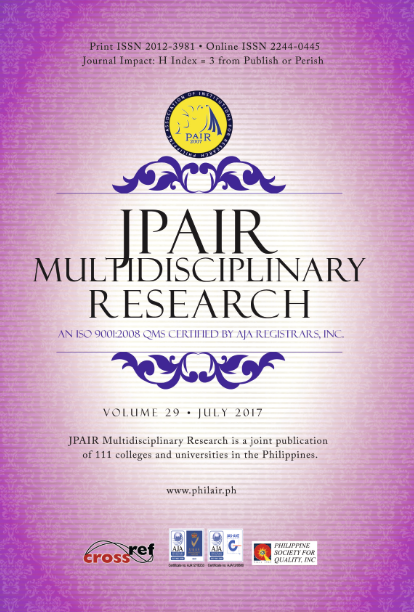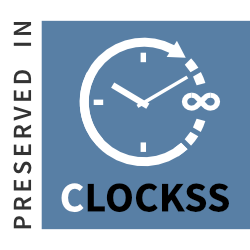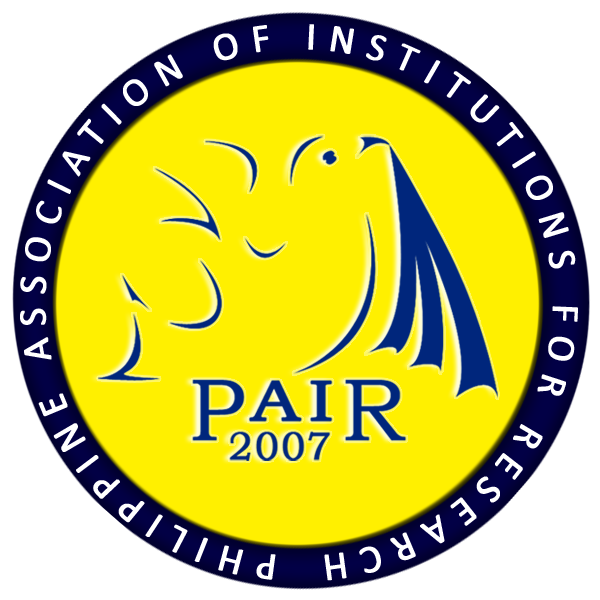Revitalizing Institutional Policy Grounded on Work-Life Balance of Employees in a Catholic Higher Education Institution: A Cross-sectional Study
DOI:
https://doi.org/10.7719/jpair.v29i1.513Keywords:
Higher education, work-life balance, employees, policy reformulation, descriptive-cross-sectional design, HEI, PhilippinesAbstract
It presupposes that workers must deal with the challenging demands as they confer between spheres of "life" and "work". The study determines the current Work-life Balance (WLB) practices and policies as basis for institutional policy reformulation in a Catholic Higher Education Institution (HEI). The researchers utilized the descriptive cross-sectional design of research to obtain information concerning the analysis of the work-life balance of employees using survey-questionnaire at a given time in an academic year. The participants of the study were school administrators and faculty members in one private higher education institution in the Philippines with full-time status during the Academic Year 2015-2016. The survey- questionnaire for work-life balance (WBL) was modified from "Better Work-life Balance Survey-Employees" of the University of Queensland in 2005. Descriptive and inferential statistics such as Percentage, Weighted Mean, Standard Deviation, and Pearson's Product Coefficient Correlation were used for a more efficient, effective and accurate analysis of data. The work-life balance related activities of employees are sometimes at risk. Work-life related policies on leave arrangements are being viewed by employees in various ways in the organization. Parenting and pregnancy related policies are also evident. Furthermore, various work arrangement related-policies are also enjoyed by the employees. Additional provisions regarding work are also evident. Thus, there is moderate impact work-related activities and policies on the personal life of employees.
Downloads
References
Agarwal, P. (2014). A Study of Work-life Balance with Special Reference to Indian Call Center Employees. Internation Journal of Engineering and Management Research, 4(1), 157–164.
Downloads
Published
Issue
Section
License
Copyright (c) 2017 David Cababaro Bueno, Amelia Cecilia S. Reyes, Carlota A. Aquino

This work is licensed under a Creative Commons Attribution-NonCommercial 4.0 International License.
Open Access. This article published by JPAIR Multidisciplinary Research is licensed under a Creative Commons Attribution-Noncommercial 4.0 International (CC BY-NC 4.0). You are free to share (copy and redistribute the material in any medium or format) and adapt (remix, transform, and build upon the material). Under the following terms, you must give appropriate credit, provide a link to the license, and indicate if changes were made. You may do so in any reasonable manner, but not in any way that suggests the licensor endorses you or your use. You may not use the material for commercial purposes.




















